I like to reference the age-old idiom "The Devil is in the Details". More simply stated, details are important. When it comes to making color measurement more accurate, the specifications we use to set-up a measurement device are vitally important details. Equally important to proper device setup, it is key to ensure settings are shared with other parties and vice versa as part of the explanation for how color was measured and how specific color values were established. Using CXF, an industry standard for color communication, goes a long way to ensure such details are exchanged when sharing color information.
In fact, such details are important not only to color measurement but color viewing and density measurement as well...
When visually comparing or approving color, the print industry has settled on a unique set of specifications for the viewing area.
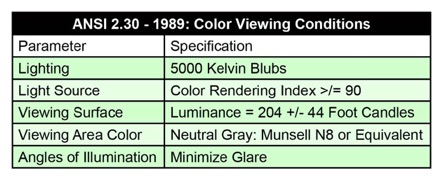
When measuring density it is critical to ensure you are using the correct Status (typically T for NA) response setting and filter or results may be very different than expected.
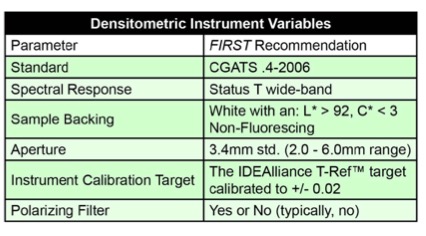
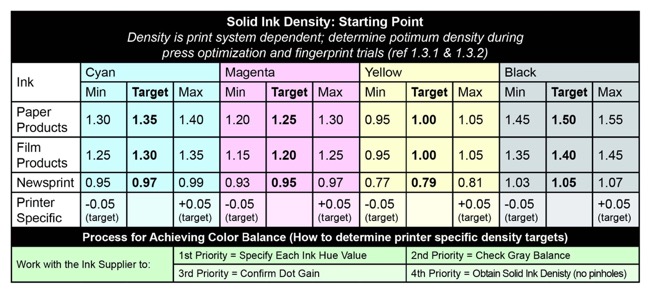
Similarly, color measurement and color comparisons are very much dependent on the settings used for the illuminate (typically D50), the observing angle (typcially 2º), the Delta-E (typically ΔE2000) tolerancing algorithm, and the M Factor.
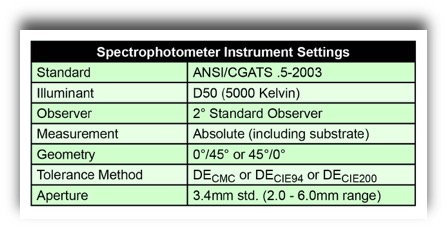
Often, choosing the settings is dependent on the point of origin for that color. For example, choosing the M Factor setting is dependent on the standards and how those values were established. Older standards are based on M0, but new standards such as ISO 15339 (includes CRPC 1-7 and GRACoL 2013) are based on M1. If you don't know, it is usually safe to use M1 if the substrate does not contain any optical brighteners (OBAs).
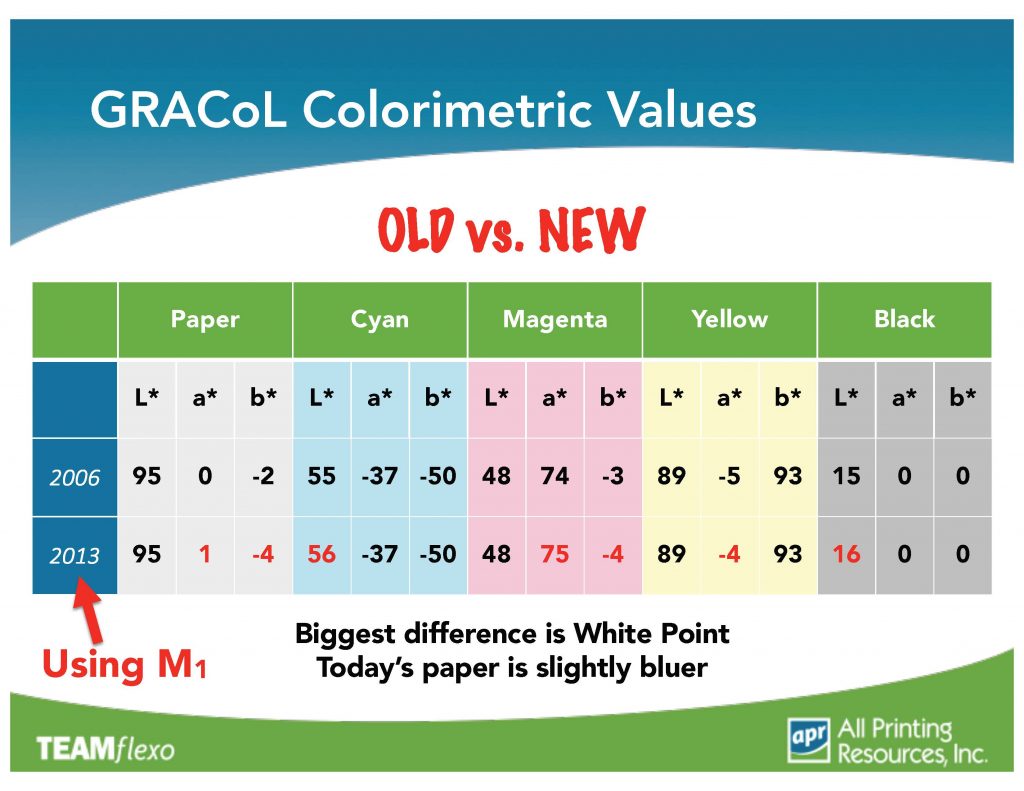

For additional information check out this link for an APR Blog about selecting the Correct M Factor Setting
